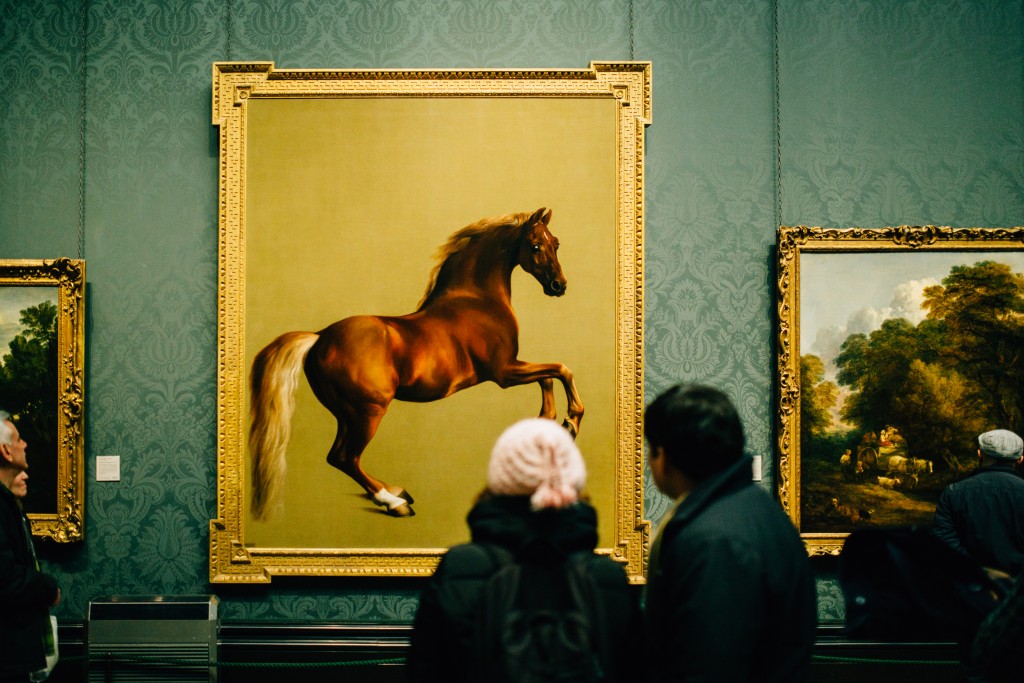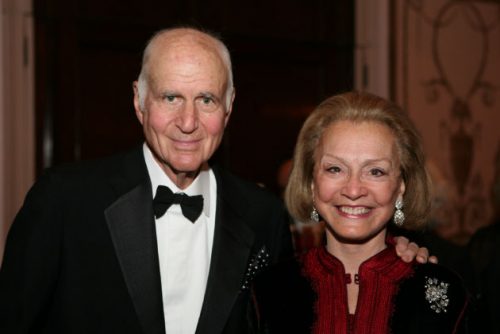How can you innovate upon a museum? By definition, museums are places of stability and sober constancy—the best are designed to let their exhibits announce themselves, and people are not as much attracted to a particular museum as they are to its holdings.
But now a group of creative millennials is toying with the traditional museum business model by putting a fresh twist on the whole experience.
Museum Hack describes itself as delivering “museum tours for people who don’t like museums.” Originally a small group of quirky tour guides based in New York City, the group now boasts hundreds of annual programs from DC to San Francisco.
The art-history majors and urban twenty-somethings offering the tours spend months studying a particular exhibit or museum ahead of time ensuring a presentation teeming with facts and unusual bits of detail.
What Museum Hack is really selling, though, is what so few young people manage to get on their own: A fun and informative afternoon at some of America’s top galleries.
“Some people in big museums still believe that the museum experience is meant for you to sit down in front of the object and let its majesty wash over you,” explains the group’s founder Nick Gray.
But Gray and his colleagues don’t believe in the hands-off approach, opting instead to immerse their customers in a bespoke and interactive viewing experience that self-consciously abandons all pretense to burdensome decorum and stuffiness.
Groups are encouraged to play little games—like match-making characters from different paintings—while stopping along the way for yoga breaks (in order to stave off “gallery fatigue”). Selfies are encouraged, and salacious tidbits about Caravaggio’s personal life are sprinkled into discussions of the Italian master’s work.
The perky guides are the main selling point. Exuberant, down-to-earth, and sassy in the way that millennials like to be with one another, this chatty and knowledgeable cohort constitutes Museum Hack’s primary product. A San Francisco blogger described being able to identify her Hacker tour guide by his distinctive tote-bag, which bore the company’s motto: “Museums are f***ing awesome.”
But it’s not all fun and games. Museum Hack has also found ways to transform their unique style into marketable expertise. Through a slate of consulting and team building services intended to help museums create new content, build up existing programs, and expand their reach across traditional and digital platforms, Museum Hack is honing the museum-going experience and helping enable often sclerotic institutions to better keep up with consumer demand.
“[Museums] haven’t been, historically, posited as the most ‘hip’ spaces,” says Sandra Jackson-Dumont, the director of education services at the Met, in a statement that itself proves the need for museum administrators to avail themselves of the Hackers’ more colloquial style. But Jackson-Dumont is right, of course, and her observation should be kept in mind by the sniffing curators who find the Hackers’ irreverent style gauche or degrading.
For instance, Gray describes how when he takes his guests through the Metropolitan Museum of Art’s American Wing, which features the gorgeous gold Saint-Gaudens Diana, it’s a good opportunity to compare the Greek goddess to a latter-day embodiment of feminine beauty like Kim Kardashian. Such an exercise may strike some as shallow, but Gray defends it as creating “points of accessibility” so as to let patrons encounter the object for themselves.
There is nothing sacred about the four walls of a museum. They are public places meant to attract and interest. The pieces on exhibit, in turn, must be seen in order to prove moving or inspiring. Beauty needs an audience. And the Hackers are the first to admit that their overriding priority is to get young people interested in art.
Despite their profanity-laden gallery spiels and flashy style, then, the Hackers are not cultural vandals—they are doing yeoman’s work introducing a whole new generation to the wonders of high culture.
For a generation more interested in buying experiences than products, these sort of innovations will continue to prove necessary.






